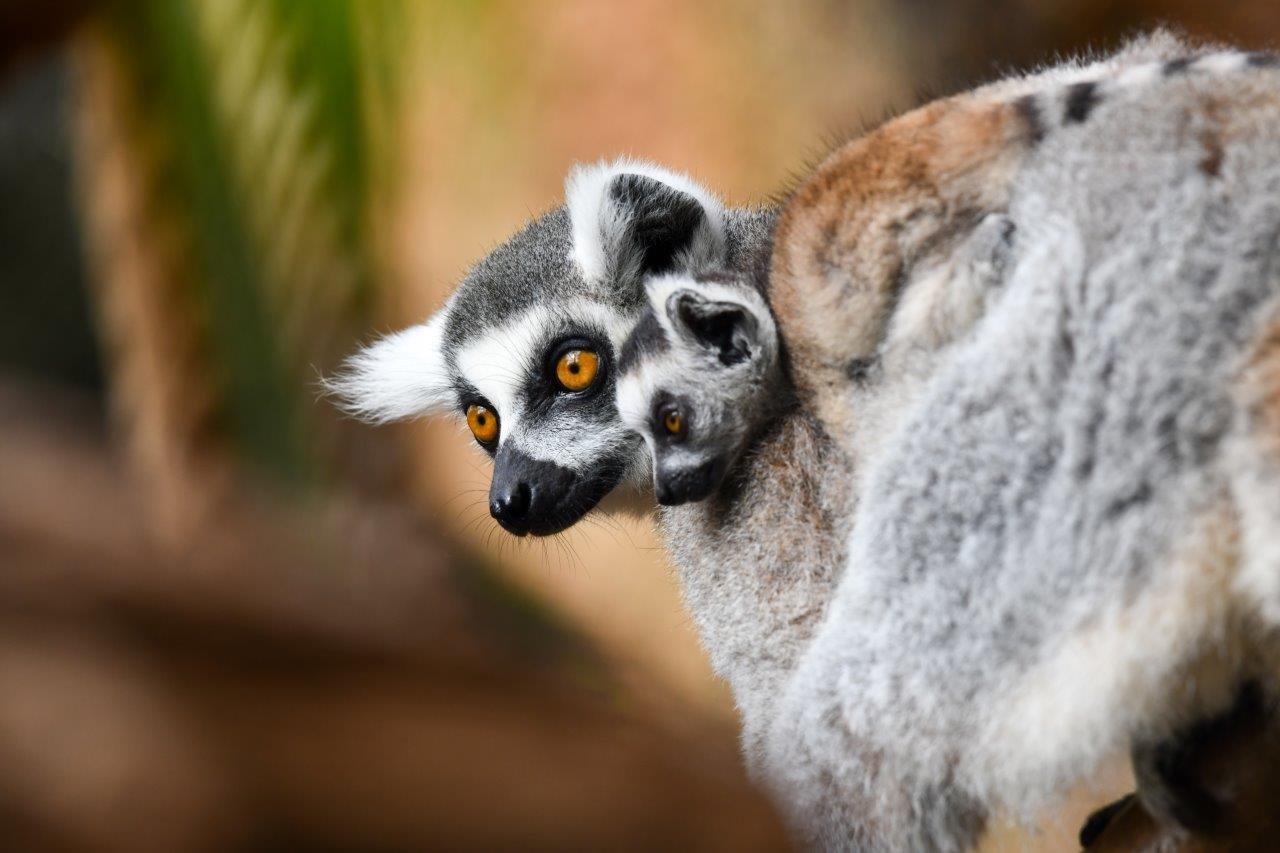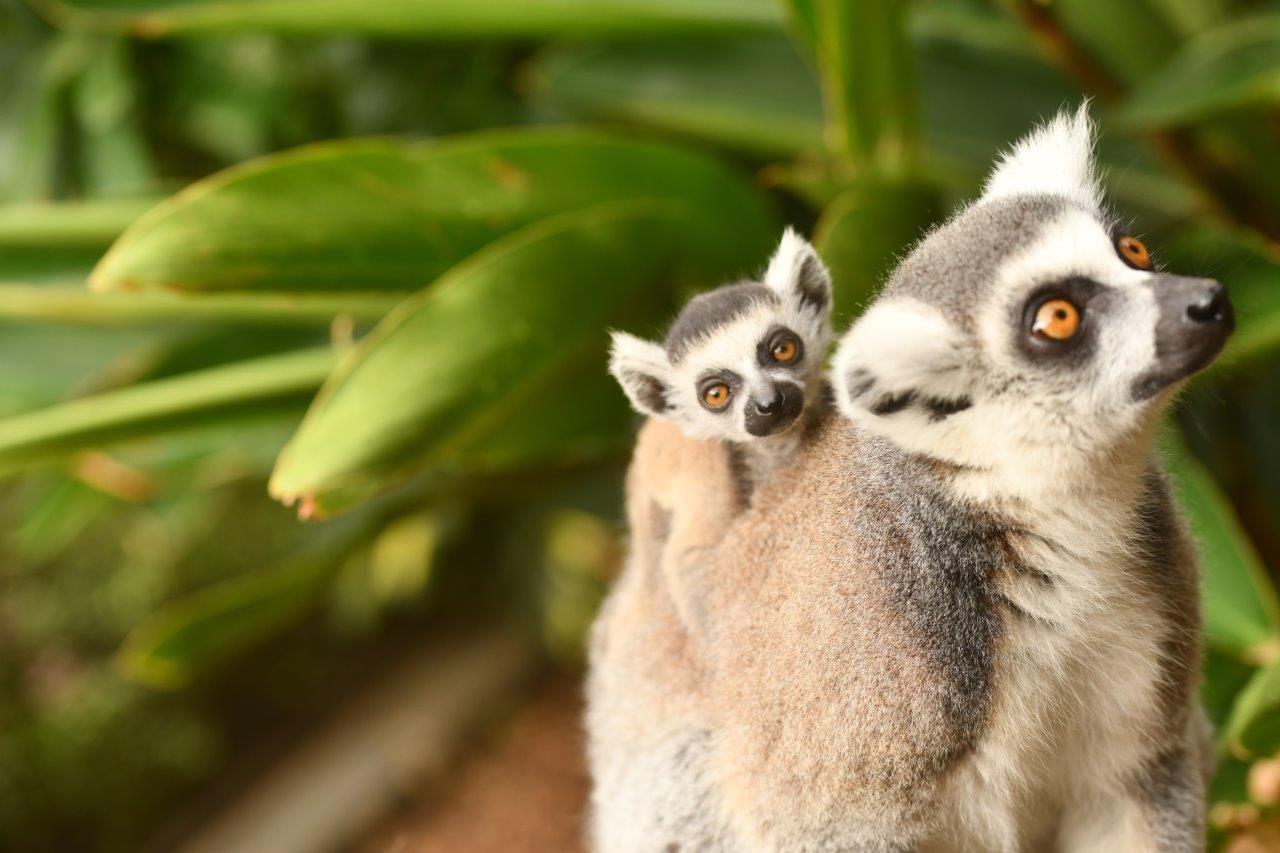Loro Parque’s charismatic ring-tailed lemurs will soon be moving to a new location near the African environment of Lion’s Kingdom, inhabited by the lions. The species, which originates from Madagascar, will now live in an elevated area that will allow the animals to make big jumps and explore the new spaces vertically.
The design of this new exhibit, in line with Loro Parque’s philosophy, is part of the search for the continuous improvement of the animal welfare. Thus, this new environment, which recreates the habitat of the Isalo National Park in Madagascar, is ideal for this species, with tall trees like those in open forests, horizontal trunks through which to move and jump, and rocks on the ground where they can rest and sunbathe.

A large steep wall like those found in this National Park completes the enclosure, with small hollows in which they can take refuge on colder days or make their nests. In addition, everything is prepared so that they can carry out their natural behaviours, such as foraging for insects, eating grass or searching for the natural substrate. In fact, in this sense, the installation itself, due to its design and characteristics, is a structural enrichment for the lemurs.
In the Park, these specimens of Lemur catta, classified as “endangered” according to the Red List of Threatened Species of the International Union for Conservation of Nature (IUCN), act as ambassadors for their counterparts in nature, which face multiple threats associated with agricultural development, hunting or climate change, among other hazards.
Ring-tailed lemur pups at Loro Parque
The first animal to be born at Loro Parque after the COVID-19 pandemic closure in March 2020 was a ring-tailed lemur pup, bringing a ray of light in difficult times. This year, yet another lemur pup was born, strengthening the state of well-being of this species in the Park.
Thus, the Lemur catta family continues to grow under the watchful eye of visitors, who can now visit the Park every day of the year and who will soon be able to enjoy them and learn about the species in a new facility.











